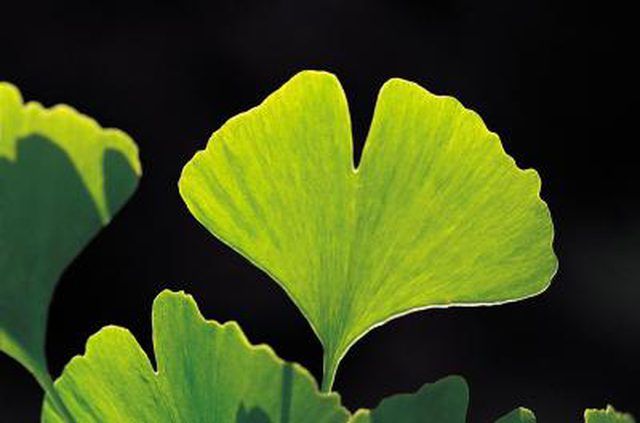Bulbs
Flower Basics
Flower Beds & Specialty Gardens
Flower Garden
Garden Furniture
Garden Gnomes
Garden Seeds
Garden Sheds
Garden Statues
Garden Tools & Supplies
Gardening Basics
Green & Organic
Groundcovers & Vines
Growing Annuals
Growing Basil
Growing Beans
Growing Berries
Growing Blueberries
Growing Cactus
Growing Corn
Growing Cotton
Growing Edibles
Growing Flowers
Growing Garlic
Growing Grapes
Growing Grass
Growing Herbs
Growing Jasmine
Growing Mint
Growing Mushrooms
Orchids
Growing Peanuts
Growing Perennials
Growing Plants
Growing Rosemary
Growing Roses
Growing Strawberries
Growing Sunflowers
Growing Thyme
Growing Tomatoes
Growing Tulips
Growing Vegetables
Herb Basics
Herb Garden
Indoor Growing
Landscaping Basics
Landscaping Patios
Landscaping Plants
Landscaping Shrubs
Landscaping Trees
Landscaping Walks & Pathways
Lawn Basics
Lawn Maintenance
Lawn Mowers
Lawn Ornaments
Lawn Planting
Lawn Tools
Outdoor Growing
Overall Landscape Planning
Pests, Weeds & Problems
Plant Basics
Rock Garden
Rose Garden
Shrubs
Soil
Specialty Gardens
Trees
Vegetable Garden
Yard Maintenance
Fun Facts About the Ginkgo Tree
Fun Facts About the Ginkgo Tree. The Ginkgo tree, also known as the maidenhair tree, is the oldest-existing tree species in the world. Its fan-shaped leaves are found in fossil records that go back 225 million years, which means its history dates back to the time of the dinosaurs.

The Ginkgo tree, also known as the maidenhair tree, is the oldest-existing tree species in the world. Its fan-shaped leaves are found in fossil records that go back 225 million years, which means its history dates back to the time of the dinosaurs.
Age
There were as many as 20 varieties of ginkgo present at one time, and different varieties of the tree existed during the Triassic and Mesozoic eras. Dr. Kim D. Coder at the School of Forest Resources at University of Georgia says the global changes that destroyed the dinosaurs also wiped all but one species of ginkgo, which is the one that we see today.
Fruit
Female trees are similar in appearance to male trees, but they bear a fruit that produces a foul odor. Despite the smell, the fruit is edible and it is eaten in China and Japan. Some ginkgo cultivars, like Autumn Gold, are exclusively male, which makes them safer to plant than other varieties where the sex of the tree cannot be determined until it starts to fruit at around 20 years old.
Uses
Not only does ginkgo live a long time, with specimens ranging from 600 to 1,000 years in Japan, but it also can help people live better. According to the University of California Health System, extracts taken from ginkgo leaves have been used to treat dementia and memory loss. It has also been used to treat other ailments such as asthma, bronchitis and fatigue.